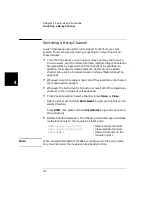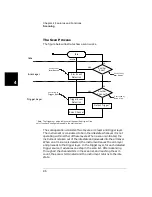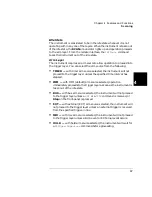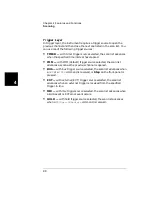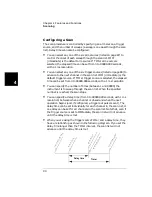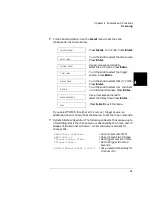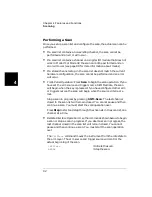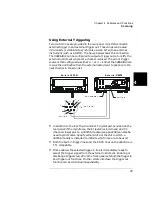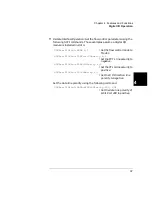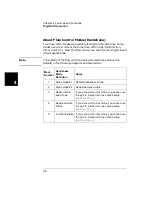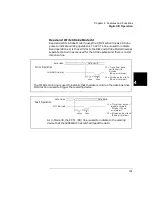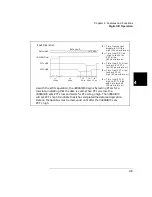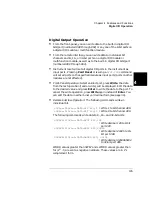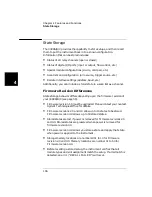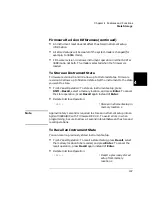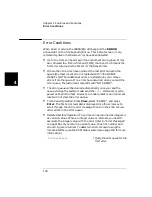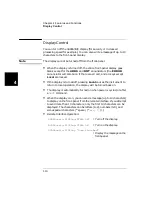
95
Chapter 4 Features and Functions
Digital I/O Operation
4
4
Digital I/O Operation
The digital input/output is well-suited for monitoring and controlling
external devices. You may use the built-in digital I/O bits or port (on the
rear panel), one or more digital I/O modules, or a multifunction modules
with a DIO function. In the following context, multifunction modules
refer to those with a DIO function.
•
The built-in digital I/O (control board) consists of four bits which can
be operated either independently as four bit channels (numbered 091
through 094) or as one 4-bit port (numbered 090).
•
The plug-in digital I/O modules and multifunction modules usually
consist of several 8-, 16-, and/or 32-bit ports. These ports can be
operated independently, which means one port can be used for output
operation, while others can be used for input. However, all bits within
a same 8-bit port are dependent. If one bit of a port is used for input
or output operation, then all other bits of the same port can only be
used for the same operation.
Note
For more information about a specific digital I/O module, refer to “Plug-
in Modules” starting on page 173.
Digital I/O Configuration
•
Parameters such as flow control mode, control line polarity (PCTL),
flag line polarity (PFLG), and I/O direction line polarity, are all
configured for the plug-in digital I/O modules and multifunction
modules. However, these DO NOT apply to the built-in 4-bit
digital I/O (on the rear panel).
•
The data line polarity of any 8-bit port (or the 4-bit built-in port) can
be configured from the front-panel. However, using the remote
interface, the data line polarity of any ports (8-, 16-, or 32-bit) can be
configured.
•
Data display format of any 8-bit port, binary or decimal (default), can
only be specified from the front-panel. Once specified, the format
applies to all input and output operations on the same port.
•
When the instrument is turned on or reset, the handshake mode is
set to Mode #1 and the polarities of all configured lines are positive.
More information about handshake modes is given starting on
page 98.
Summary of Contents for Agilent 3499A
Page 13: ...1 1 Quick Start ...
Page 27: ...2 2 Front Panel Operation ...
Page 55: ...3 3 System Overview ...
Page 77: ...4 4 Features and Functions ...
Page 113: ...5 5 Remote Interface Reference ...
Page 164: ...164 5 ...
Page 165: ...6 6 Error Messages ...
Page 173: ...7 7 Plug in Modules ...
Page 256: ...256 Chapter 7 Plug in Modules 44475A Breadboard Module 7 ...
Page 261: ...261 Chapter 7 Plug in Modules 44476B Microwave Switch Module 4 7 The 44476B is shown below ...
Page 286: ...286 Chapter 7 Plug in Modules Terminals and Connections Information 7 ...
Page 288: ...288 7 ...
Page 289: ...8 8 Application Programs ...
Page 299: ...9 9 Specifications ...
Page 343: ...343 Chapter 9 Specifications 44475A Breadboard Module 4 9 ...


